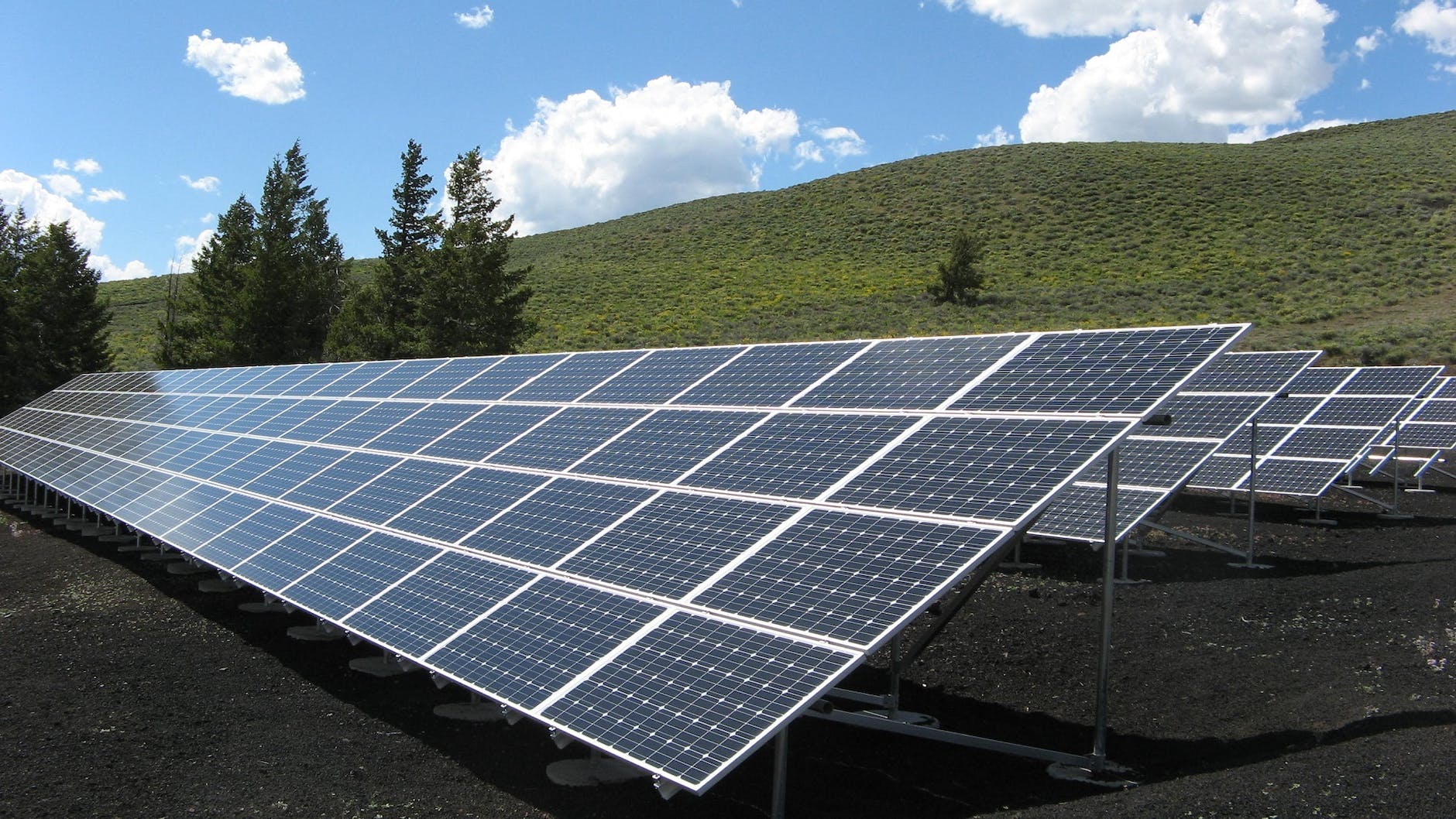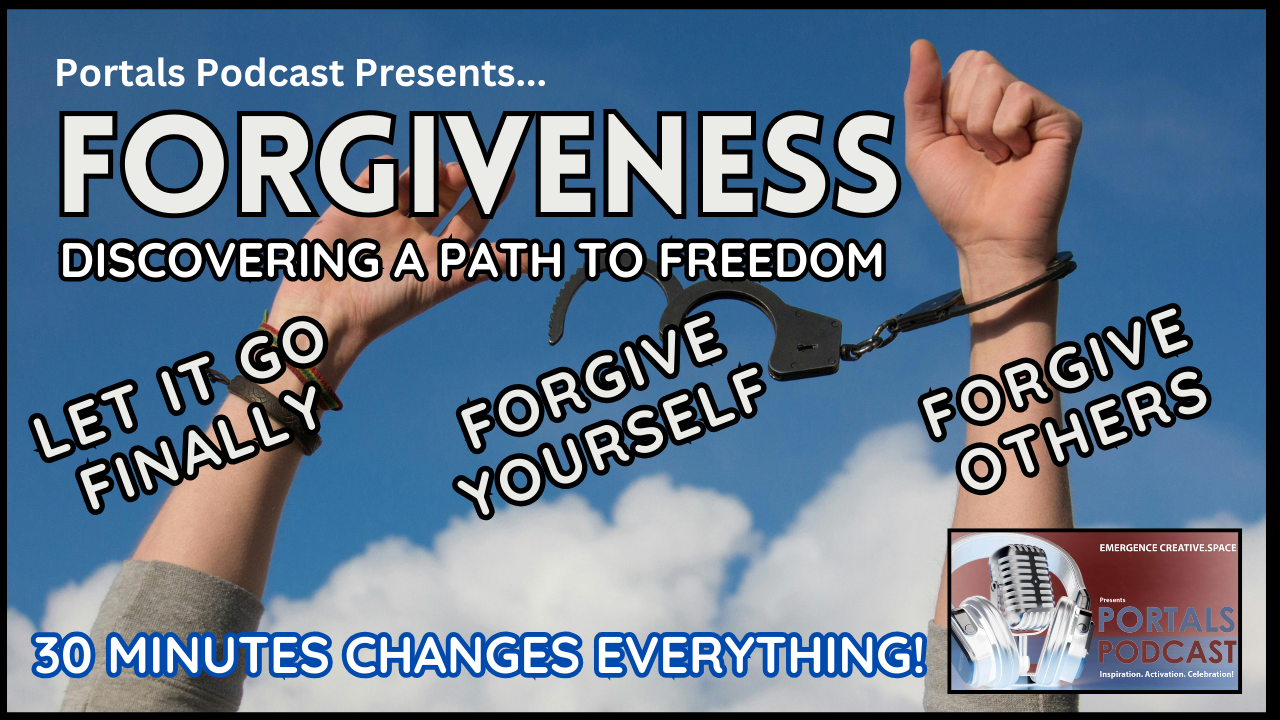
In a world that’s buzzing with advancements, innovations, and endless opportunities, the concept of “sustainable living” stands out like a bright beacon of hope. But what does it actually mean? And why does it matter? Let’s dive into the ins and outs of sustainable living, exploring its importance while keeping things light, fun, and practical.
The Basics of Sustainable Living
Sustainable living is all about making choices that minimize harm to the environment, preserve resources for future generations, and promote overall well-being. Think of it as living in harmony with the planet rather than depleting its treasures. It’s about using resources mindfully and ensuring our actions have a positive or neutral impact on the Earth.
Core Principles of Sustainable Living
- Reduce, Reuse, Recycle: The three R’s are the golden rules. They emphasize cutting down waste, finding new uses for old items, and ensuring materials are recycled instead of dumped into landfills.
- Conserving Energy and Water: Turning off lights when not in use, investing in energy-efficient appliances, and fixing leaky faucets are small but mighty steps.
- Eco-Friendly Choices: From using biodegradable products to opting for plant-based meals, eco-friendly choices encompass a wide range of habits.
- Community and Sharing: Sharing resources, supporting local farmers, and participating in community initiatives strengthen the social fabric while reducing the ecological footprint.
Why is Sustainable Living Important?
Now that we know what sustainable living is, let’s talk about why it’s a big deal. Here are some compelling reasons to embrace sustainability:
1. Combatting Climate Change
Climate change is no longer a distant problem; it’s here, and it’s urgent. Greenhouse gas emissions from industries, transportation, and agriculture contribute to rising global temperatures. By adopting sustainable practices—like using renewable energy, driving less, and consuming responsibly—we can reduce our carbon footprint.
2. Preserving Natural Resources
Earth’s resources are finite. From water and fossil fuels to forests and minerals, overexploitation is leading to scarcity. Sustainable living ensures these resources are used judiciously, preserving them for future generations.
3. Protecting Biodiversity
Wildlife habitats are being destroyed at an alarming rate due to deforestation, pollution, and urbanization. Sustainable living promotes practices that protect ecosystems, allowing flora and fauna to thrive.
4. Enhancing Quality of Life
Sustainability isn’t just about sacrifices; it’s about living smarter and healthier. Eating organic food, reducing waste, and spending time in nature can enhance physical and mental well-being.
5. Economic Benefits
Contrary to popular belief, sustainable living can save money. Using energy-efficient appliances, reducing water waste, and choosing durable products can lower bills and long-term expenses.
Making Sustainable Living Fun
Sustainable living doesn’t have to feel like a chore. In fact, it can be an exciting journey filled with creativity and satisfaction. Here are some fun ways to incorporate sustainability into your life:
1. Upcycle Like a Pro
Why throw away old furniture or clothes when you can give them a fabulous makeover? Upcycling is a trendy and rewarding way to breathe new life into old items. Turn wine bottles into decorative vases or transform an old t-shirt into a shopping bag.
2. Garden Your Heart Out
Even if you don’t have a sprawling backyard, a small balcony or windowsill is enough for a mini garden. Grow your own herbs, vegetables, or flowers. Gardening is therapeutic, eco-friendly, and a great way to reduce your reliance on store-bought produce.
3. Host a Swap Party
Gather your friends and swap items you no longer need. It could be clothes, books, or gadgets. Swap parties are a fun way to declutter, find new treasures, and promote the idea of reuse.
4. Cook Sustainable Feasts
Challenge yourself to create meals using seasonal, local ingredients. Reduce food waste by getting creative with leftovers. Who said sustainability couldn’t taste delicious?
5. DIY Cleaning Products
Whip up your own eco-friendly cleaning solutions using vinegar, baking soda, and essential oils. They’re better for the environment, budget-friendly, and free of harmful chemicals.
Practical Tips to Start Living Sustainably
You don’t need to overhaul your life overnight. Small, consistent steps can lead to significant change. Here’s how you can get started:
1. Evaluate Your Energy Use
Switch to energy-efficient LED bulbs, unplug devices when not in use, and consider renewable energy sources like solar panels.
2. Opt for Public Transport or Carpooling
Reducing the number of vehicles on the road can significantly lower emissions. Better yet, try cycling or walking when possible.
3. Say No to Single-Use Plastics
Carry a reusable water bottle, coffee cup, and shopping bags. Opt for products with minimal or biodegradable packaging.
4. Practice Conscious Consumerism
Before buying something, ask yourself: Do I need this? Can I borrow it? Supporting ethical and sustainable brands also makes a big difference.
5. Reduce Food Waste
Plan your meals, store food properly, and compost scraps. Leftovers can often be repurposed into new dishes.
6. Educate Yourself and Others
Read up on sustainability, attend workshops, and share your knowledge with friends and family. Awareness is the first step to change.
The Bigger Picture
Sustainable living isn’t just a personal choice; it’s a collective responsibility. Governments, corporations, and communities all play crucial roles in fostering a sustainable future. By supporting green policies, advocating for change, and holding organizations accountable, we can amplify our impact.
Sustainability and Technology
Innovation is paving the way for sustainable solutions. From electric vehicles and solar power to smart homes and green architecture, technology is a powerful ally in the fight for sustainability. Embracing these advancements can accelerate the shift towards a greener world.
A Global Movement
Around the world, individuals and groups are leading the charge for sustainability. Whether it’s zero-waste influencers on social media or grassroots organizations cleaning up beaches, every effort matters. Joining these movements or starting your own initiative can be incredibly rewarding.
Challenges and Overcoming Them
Adopting sustainable practices isn’t always easy. Convenience, cost, and habits can pose challenges. However, persistence and a positive mindset can overcome these obstacles. Celebrate small wins, learn from setbacks, and remember why you started.
Final Thoughts
Sustainable living is about making mindful choices that benefit not just us but also the planet and future generations. It’s a journey of discovery, creativity, and purpose. By embracing sustainability, you’re contributing to a healthier Earth, a more vibrant community, and a brighter future.
So, are you ready to embark on this exciting adventure? Take the first step today—whether it’s swapping a plastic bag for a cloth one, planting a tree, or simply sharing this article. Together, we can make a world of difference.
Here are some reference points for you to take a look at if you have questions about sustainable living
- The United Nations Sustainable Development Goals: https://sdgs.un.org/goals
- The Green Living Guide: https://thegreenlyguide.com/
- The Sierra Club: https://www.sierraclub.org/
- The Natural Resources Defense Council: https://www.nrdc.org/
I hope this article has helped you understand what sustainable living is all about. Remember, even small changes can make a big difference. Let’s all work together to create a more sustainable future for ourselves and generations to come.


